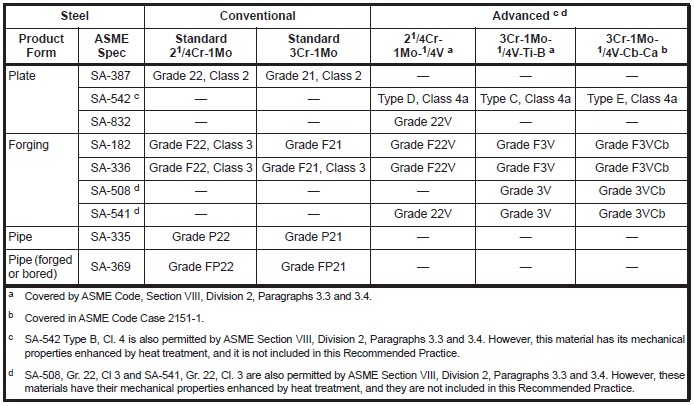Intermediate Stress Relieving ISR
Heat treating a subassembly in a furnace to a specified cycle after critical constrained weld joint / joints have been completed without allowing the welds to cool below the pre-heat temperature. The rate of heating, soaking temperature, soaking time, and rate of cooling are all affected by the quality and thickness of the material.
Prior to allowing the material temperature to fall below the preheat temperature, this is a heat treatment method utilised during the fabrication cycle. To obtain these temperatures, you’ll need to use a furnace. Fabricators frequently choose DHT over ISR except highly restraint joints because it is easier and more convenient.
- Applicable to air hardenable materials with a high degree of restraint
- Usually in practice because components made have to be further fabricated and assembled rather than directly doing PWHT.
Difference between Dehydrogenation Heat Treatment DHT and Intermediate Stress Relieving ISR
- Purpose of DHT is to diffuse out hydrogen, but ISR is to diffuse out hydrogen + Partial stress relieving.
- temperature of ISR (600-650 °C) is higher than DHT (300-350 °C)
- DHT is used in Low restraint joints, while ISR is used in high restraint joints of higher thickness.
Why Intermediate Stress Relieving ISR ?
- Air hardenable steel with restrained welds are prone to cracking when cooled to room temperature.
- Entrapped hydrogen and built-in stress cause cracks.
- Intermediate stress releasing removes built-in stresses and entrapped hydrogen, preventing cracking in the joint.
Intermediate Stress Relieving ISR Requirement
For 2.25Cr-1Mo-0.25V material,
- All L/S and C/S with a thickness greater than 100 mm
- All nozzle # Shell/head welds, as well as support ring/nub connection to shells, must be ISR at 690°C for at least 1 hour or 650–670°C for at least 2 hours.
For 2¼ Cr-1 Mo & 1¼Cr-0.5Mo steel, the preheat for nozzle weld joints shall be maintained until PWHT, or until an ISR can be performed at greater than 600°C for 2 hours minimum before cooling to ambient.
- ISR shall be required for all nozzle to shell attachment welds, areas of weld build-up, and other welds having high restraint.
- All other welds may have DHT performed.
- ISR shall be performed in a furnace or local ISR treatment may be used, provided circumferential heating band that includes the full circumference of the shell is utilized.
An ISR soak in a furnace shall be performed at the metal temperature shown below for at least one hour per inch (25.4 mm) of thickness, with a two hour minimum:
- Conventional steels: 1100°F (593°C) minimum
- Advanced steels: 1200°F (649°C) minimum

Even if the weld received only DHT and would not have required ISR before PWHT, an ISR is recommended for the “higher risk” welds. (Ref-API 934A Addendum-1 2010)
- In this context, “higher risk” refers to SAW weld deposits generated with heats of flux/wire that have already experienced reheat cracking or have unknown reheat cracking susceptibility.
Other considerations of Intermediate Stress Relieving ISR
- If ISR is required, it must be used for all weld repairs as well.
- During heating and cooling, temperature gradients must be maintained in a way that is not damaging to the vessel.
